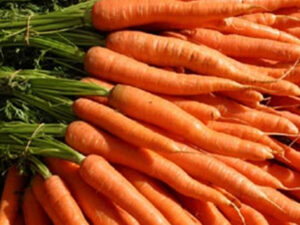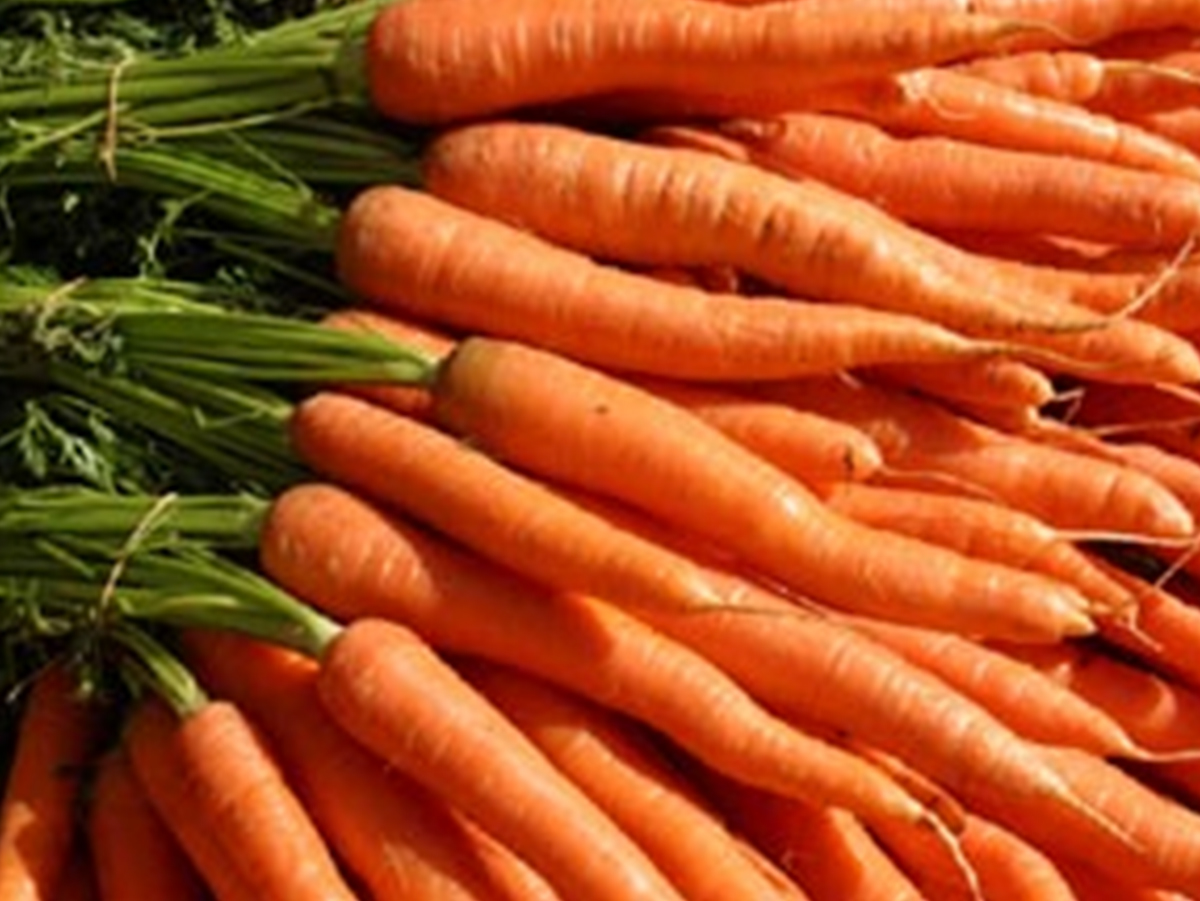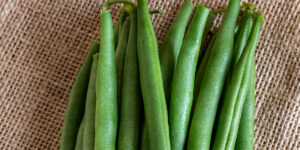
Transplanting carrot seedlings, such as the ‘Chanteney Karoo’ variety, is a delicate process due to their sensitive root systems. Carrots typically do best when direct-seeded, but if you need to transplant seedlings, here’s how you can approach it:
Chanteney Karoo Carrot Description
- Appearance: ‘Chanteney Karoo’ carrots are known for their short, stout, and conical shape.
- Color: Typically a deep orange.
- Taste: This variety is prized for its sweet and tender quality.
- Size: They are generally shorter than other varieties, making them suitable for growing in shallow soils.
Soil and Climate Requirements
- Soil Type: Prefers well-drained, sandy, or loamy soil. Avoid heavy, clay-rich soils.
- Soil pH: Ideal pH is between 6.0 and 6.8.
- Climate: Cooler climates are preferable, but they can adapt to a variety of conditions as long as extreme temperatures are avoided.
Sowing and Transplanting
- Germination: Carrot seeds usually germinate within 10-20 days.
- Seedling Age for Transplanting: Best when they are 3-4 weeks old to minimize root disturbance.
- Handling: Handle with extreme care to avoid damaging the taproot.
- Spacing: Space transplants about 3-5 cm apart, with rows 20-30 cm apart.
- Planting Depth: Maintain the same depth as they were in their growing trays.
Watering and Maintenance
- Watering: Ensure consistent soil moisture, especially during early growth and root development.
- Thinning: Thin the plants to about 5-8 cm apart once they are established to avoid overcrowding.
Pest and Disease Management
- Common Pests: Watch out for carrot rust flies, aphids, and root-knot nematodes.
- Disease Control: Good soil drainage is crucial. Rotate crops to prevent disease buildup.
Harvesting
- Maturity: ‘Chanteney Karoo’ carrots typically take about 70-80 days to mature.
- Harvesting Indicator: Harvest when the carrots are the desired size, visible at the soil surface.
- Harvesting Method: Loosen the soil around each carrot and pull out gently.
Additional Tips
- Transplanting carrots is generally not recommended due to potential damage to the taproot. Direct sowing is usually more successful.
- If transplanting is necessary, use tools like a dibber to minimize disturbance to the roots.
It’s important to note that while these guidelines can provide a general direction, local environmental conditions and specific gardening practices might necessitate adjustments. Consulting local agricultural extension services or experienced gardeners for advice tailored to your region can be very beneficial.





Reviews
There are no reviews yet.